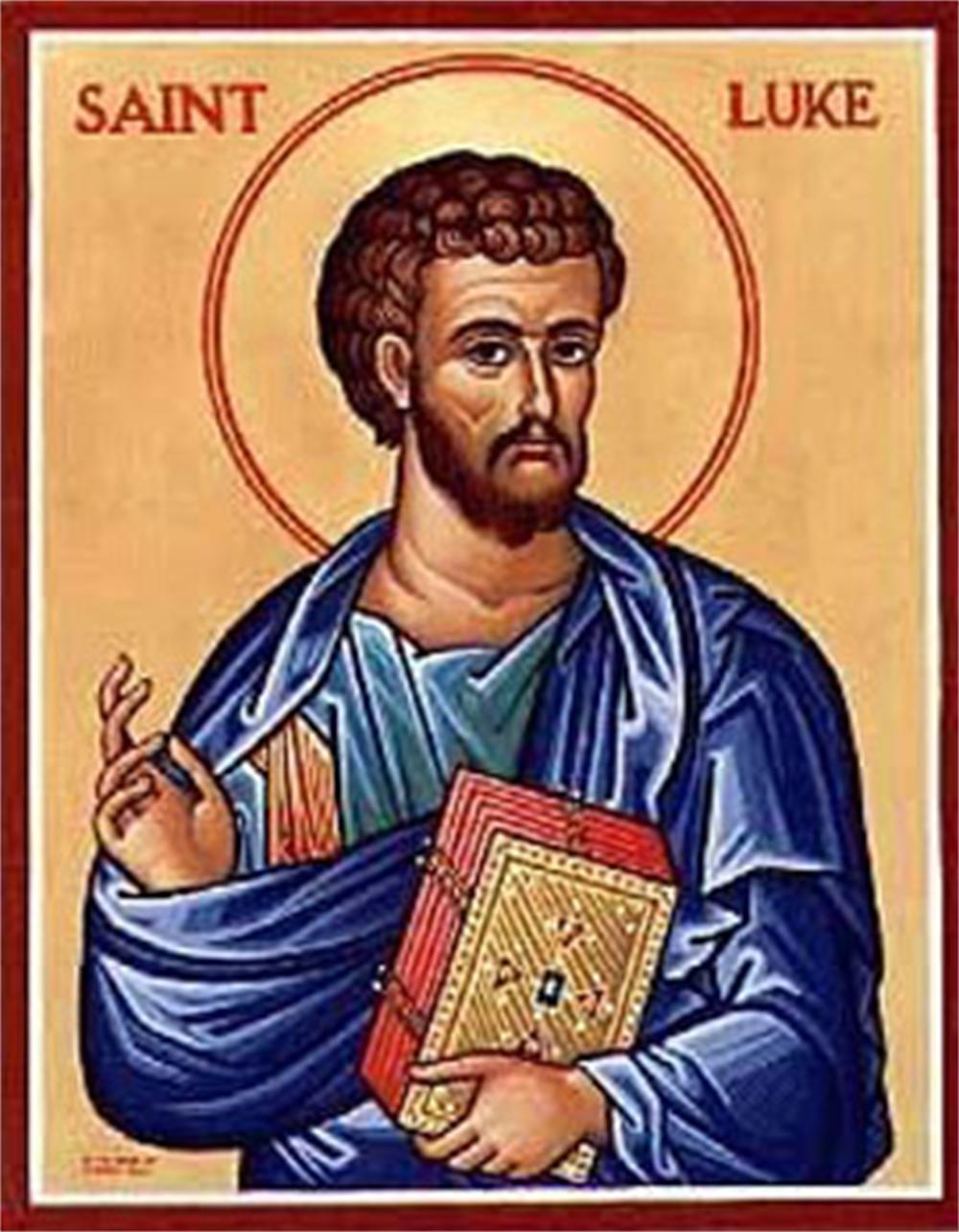The Ending of Luke’s Gospel

Following the publication of the second edition of my book The Ending of Mark’s Gospel in 2020 I have been thinking about the ending of Luke’s gospel. Luke’s ending (24:1-53) is based on Mark’s ending (16:1-20) and is a modified and magnified version of it. When this is realized one can work out how Luke’s ending developed into its final form. Also one needs to understand that during this period of development a pro-Peter group had become powerful in Rome.
Consider Mark 16:12,13. Two disciples were walking in the country when Jesus appeared to them in a different form. They returned to Jerusalem and reported it to the rest, but they did not believe them. In Luke 24:33-35 we read: They got up and returned at once to Jerusalem. There they found the Eleven and those with them, assembled together and saying “It is true! The Lord has risen and has appeared to Simon.” Then the two told what had happened on the way, and how Jesus was recognized by them when he broke the bread. (NIV) Notice how incongruous are the words, and has appeared to Simon. Nowhere in the gospels is this appearance to Peter mentioned. The words have obviously been inserted here so that the first appearance of the risen Christ was to Peter, not to Mary Magdalene as in Mark 16:9 or to the two returned disciples.
Next consider the word “saying” in Luke 24:34. In the Greek text it is in the accusative case and therefore refers to the Eleven, but think of the enormous difference it makes to the meaning of the passage if it is in the nominative case. Then it refers to the two disciples who had recognized Jesus when he broke the bread. In Codex Bezae, a 5th century uncial manuscript, “saying” is in the nominative case.
Next consider the word “assembled” in Luke 24:33. The Greek word occurs only here in the New Testament, but it does occur in the Septuagint and in Classical Greek where it has the connotation of mustering troops. The word seems out of place here, and raises the question why the disciples were together in Jerusalem at this time. In Mark’s gospel the situation is plainly stated: the Eleven had come together to eat food (Mark 16:14). It was their first post-crucifixion meal. If Luke 24:33-35 is read with Mark’s account in mind, the text becomes: They got up and returned at once to Jerusalem. There they found the Eleven and those with them as they were eating. The two disciples said, “The Lord has risen indeed!” Then they told what had happened on the way, and how Jesus was recognized by them when he broke the bread. Then Jesus appeared and the Eleven were startled and frightened.
Realizing that Luke’s version was based on Mark’s account makes a tremendous difference. It means that although at first the Eleven did not believe the two disciples, they had the same experience when the bread was broken. It enables modern Christians to realize that they are those disciples on the way to Emmaus. When the bread was broken, then their eyes were opened and they recognized him, and he disappeared from their sight. (Luke 24:31)
** The group who inserted the appearance to Peter wanted to squash the meal idea because they believed in the bodily resurrection of Jesus. The story of the two disciples on the way to Emmaus described a spiritual resurrection. For them Jesus appeared when they ate the bread because he had said that it was his body. Jesus meant that he would live in his disciples. The pro-Peter group confirmed their belief in the bodily resurrection in Luke 24:39 when Jesus said to touch him, and in 24:42 when he eats fish.
In 1 Cor. 15:5 Paul said that Christ appeared first to Peter. Women, of course, were excluded because their testimony was worthless. Probably it was at the Council of Jerusalem in 49 AD when Peter, James (Jesus’ brother) and others claimed that they had seen the risen Christ.

